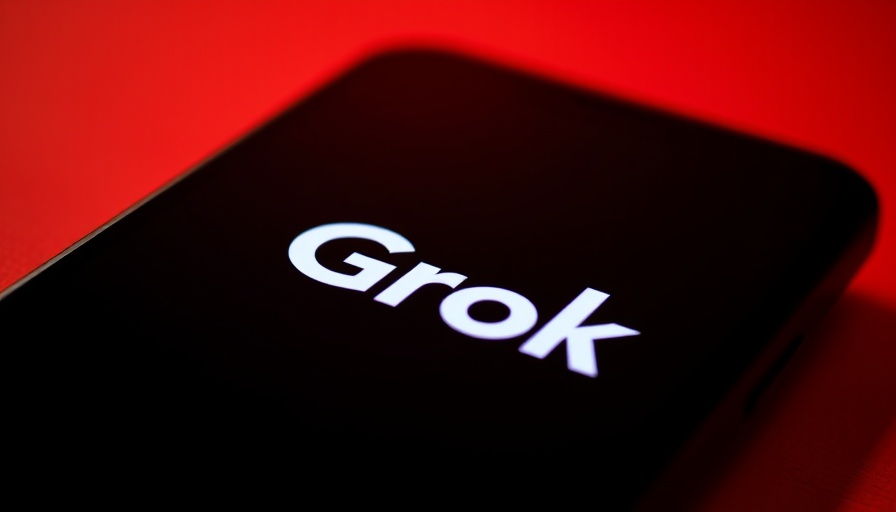
Did xAI Mislead About Grok 3’s Benchmark Performance? Unpacking the Controversy
The AI landscape is buzzing with debate following allegations that Elon Musk's AI venture, xAI, has manipulated benchmark results for its latest AI model, Grok 3. The discussion ignited when Boris Power, an employee from OpenAI, claimed that Grok 3's performance metrics had been misleadingly represented, raising serious questions about transparency in AI evaluations.
The Benchmark Debate: What’s at Stake?
At the heart of this controversy are the benchmarks used to assess AI capabilities. xAI recently showcased Grok 3’s results on AIME 2025, a math-related exam. However, critics assert that AIME may not serve as a universally accepted metric for AI assessment. Skeptics worry that its particular challenges might not accurately reflect a model's real-world capabilities. Despite this, AIME has gained traction as a go-to benchmark, particularly for scrutinizing mathematical reasoning in AI.
What is ``cons@64`` and Why Does It Matter?
OpenAI has pointed to a critical omission in xAI's reporting — the consensus score, or cons@64. This metric allows an AI model to have multiple opportunities (64, to be precise) to answer benchmark questions, effectively boosting its score by calculating the most common responses. Critics argue that by neglecting to mention this score, xAI's claims regarding Grok 3’s superiority over OpenAI’s o3-mini-high may mislead stakeholders about the models' true capabilities. Indeed, while Grok 3’s initial scores were impressive, they fell short when evaluated under this broader consideration.
Mixed Messages About Grok 3’s Capabilities
Grok 3 has demonstrated remarkable capabilities in solving complex logical problems but falters in simpler, single-pass evaluations compared to OpenAI’s offerings. This dichotomy raises an essential question: Can a model that excels in nuanced reasoning also perform well across a variety of straightforward tasks? The controversy surrounding its evaluations emphasizes the need for standardizing benchmarks that reflect an AI’s versatility across different use cases.
The Future of AI Benchmarking: A Call for Transparency
As the AI arms race intensifies, so too does the pressure for transparency within the industry. The Grok 3 case highlights the urgent necessity for universally accepted benchmarks that can provide fair and meaningful assessment criteria for AI performance. Without clearer standards, the credibility of AI models will remain under scrutiny, and trust in the technology could suffer as a result. It’s imperative for companies like xAI to be forthcoming about their evaluation techniques, fostering an environment of accountability and trust.
Conclusion: Demands for Clarity in AI Performance Evaluations
The allegations surrounding Grok 3 spotlight the ongoing need for open and honest dialogue in AI development and evaluation. As technology continues to evolve rapidly, stakeholders, developers, and users alike must demand clearer benchmarks and greater transparency to ensure fair comparisons. The future of AI rests on the ability of companies to substantiate performance claims and cultivate a more trustworthy technological landscape. Within this context, Grok 3 serves as a case study for a pivotal moment within the AI community.
 Add Row
Add Row  Add
Add 




Write A Comment